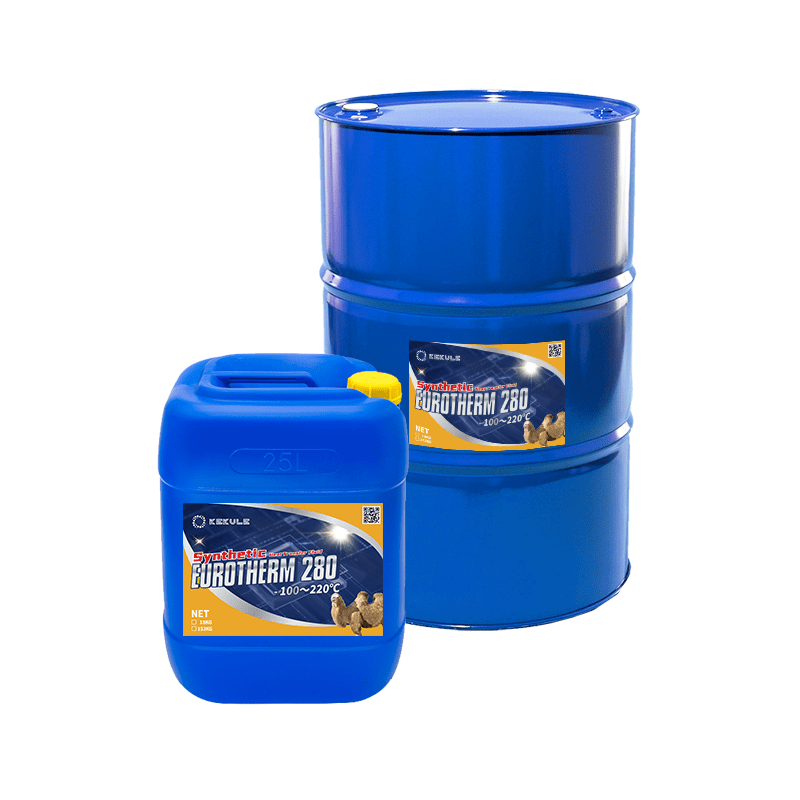Top Guidelines Of Chemie
Wiki Article
Facts About Chemie Revealed
Table of ContentsThe 9-Minute Rule for ChemieSome Known Details About Chemie Top Guidelines Of ChemieWhat Does Chemie Do?Chemie Fundamentals ExplainedSome Known Questions About Chemie.
By Bojanna Shantheyanda, Sreya Dutta, Kevin Coscia and David SchiemerDynalene, Inc. Fluid air conditioning, which can be accomplished making use of indirect or straight methods, is made use of in electronic devices applications having thermal power densities that may exceed secure dissipation via air cooling. Indirect fluid cooling is where heat dissipating electronic parts are literally separated from the liquid coolant, whereas in instance of straight cooling, the components remain in direct call with the coolant.Nonetheless, in indirect air conditioning applications the electrical conductivity can be important if there are leakages and/or splilling of the fluids onto the electronic devices. In the indirect cooling applications where water based liquids with rust preventions are typically utilized, the electric conductivity of the liquid coolant mostly relies on the ion focus in the fluid stream.
The increase in the ion concentration in a closed loophole fluid stream might happen due to ion leaching from metals and nonmetal parts that the coolant fluid touches with. During procedure, the electrical conductivity of the liquid might raise to a degree which could be harmful for the cooling system.
Chemie for Beginners
(https://www.easel.ly/browserEasel/14548613)They are bead like polymers that are capable of exchanging ions with ions in a solution that it touches with. In the here and now work, ion leaching tests were executed with numerous metals and polymers in both ultrapure deionized (DI) water, i.e. water which is treated to the greatest degrees of purity, and reduced electrical conductive ethylene glycol/water mixture, with the determined adjustment in conductivity reported gradually.
The examples were allowed to equilibrate at room temperature for two days before videotaping the preliminary electrical conductivity. In all examinations reported in this research liquid electrical conductivity was gauged to an accuracy of 1% making use of an Oakton CON 510/CON 6 series meter which was calibrated prior to each measurement.
Some Known Details About Chemie
from the wall surface heating coils to the facility of the heater. The PTFE example containers were positioned in the heating system when steady state temperatures were gotten to. The examination configuration was gotten rid of from the heater every 168 hours (7 days), cooled to area temperature with the electric conductivity of the liquid gauged.The electric conductivity of the liquid sample was monitored for a total of 5000 hours (208 days). Schematic of the indirect shut loophole cooling experiment set up. Elements utilized in the indirect closed loophole cooling experiment that are in contact with the liquid coolant.

The 8-Minute Rule for Chemie
During procedure the liquid tank temperature was kept at 34C. The adjustment in fluid electric conductivity was monitored for 136 hours. The fluid from the system was gathered and saved. Likewise, closed loophole examination with ion exchange material was accomplished with the very same cleansing treatments utilized. The preliminary electric conductivity of the 230ml UP-H2O in the system determined 1.84 S/cm.
0.1 g of Dowex resin was contributed to 100g of fluid samples that was absorbed a separate container. The mix was mixed and change in the electric conductivity at area temperature level was gauged every hour. The gauged modification in the electric conductivity of the UP-H2O and EG-LC test liquids consisting of polymer or steel when involved for 5,000 hours at 80C is revealed Number 3.
The Definitive Guide for Chemie
Ion leaching experiment: Measured adjustment in electric conductivity of water and EG-LC coolants consisting of either polymer or steel samples when submersed for 5,000 hours at 80C. The results show that steels contributed fewer ions into the liquids than plastics in both UP-H2O and EG-LC based coolants.Fluids having polypropylene and HDPE exhibited the least expensive electric conductivity modifications. This can be as a result of the short, stiff, straight chains which are much less most likely to add ions than longer branched chains with weaker intermolecular pressures. Silicone additionally carried out well in both examination fluids, as polysiloxanes are typically chemically inert because of the high bond energy of the silicon-oxygen bond which would click over here now prevent deterioration of the material into the liquid.
The 20-Second Trick For Chemie
It would be anticipated that PVC would create comparable outcomes to those of PTFE and HDPE based on the similar chemical frameworks of the materials, nevertheless there might be other impurities existing in the PVC, such as plasticizers, that may affect the electrical conductivity of the liquid - inhibited antifreeze. Furthermore, chloride groups in PVC can additionally seep right into the examination fluid and can cause an increase in electrical conductivityBuna-N rubber and polyurethane revealed indicators of destruction and thermal disintegration which suggests that their possible energy as a gasket or glue material at greater temperature levels could cause application concerns. Polyurethane totally disintegrated right into the examination liquid by the end of 5000 hour test. Figure 4. Prior to and after photos of metal and polymer samples immersed for 5,000 hours at 80C in the ion leaching experiment.
Calculated modification in the electrical conductivity of UP-H2O coolant as a function of time with and without resin cartridge in the closed indirect air conditioning loophole experiment. The gauged adjustment in electrical conductivity of the UP-H2O for 136 hours with and without ion exchange resin in the loop is shown in Figure 5.
Report this wiki page